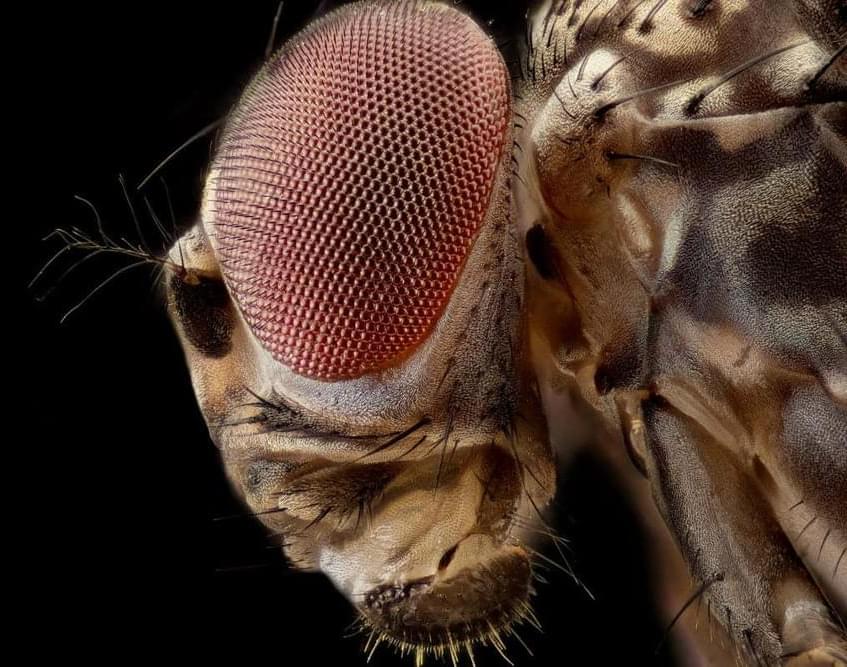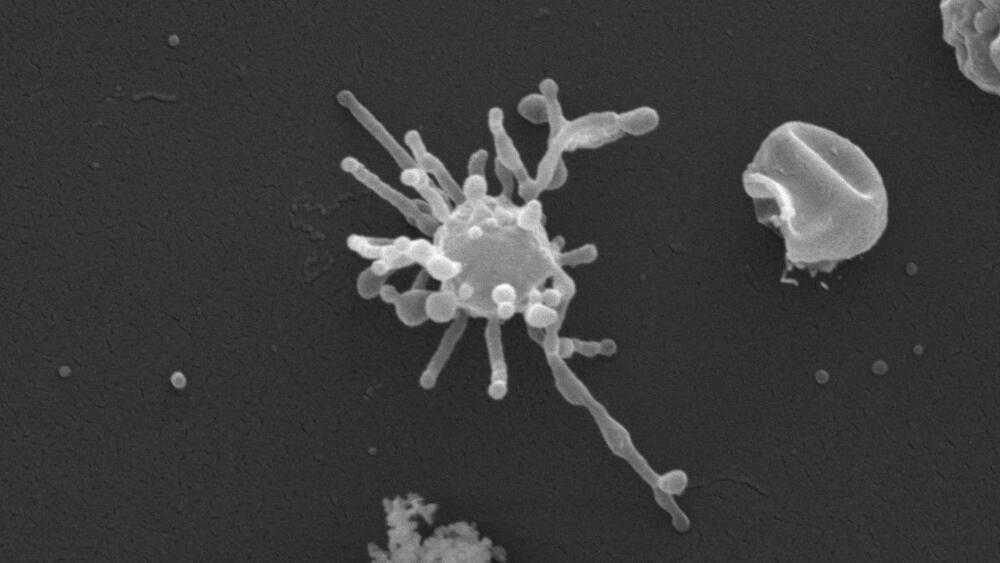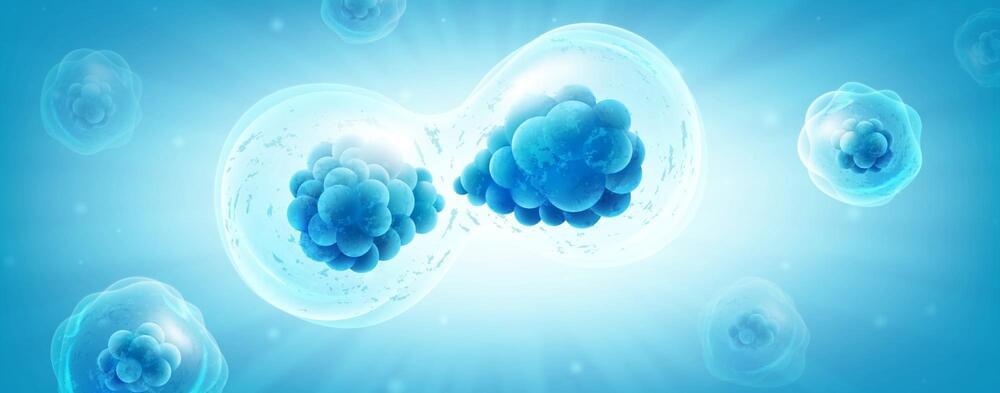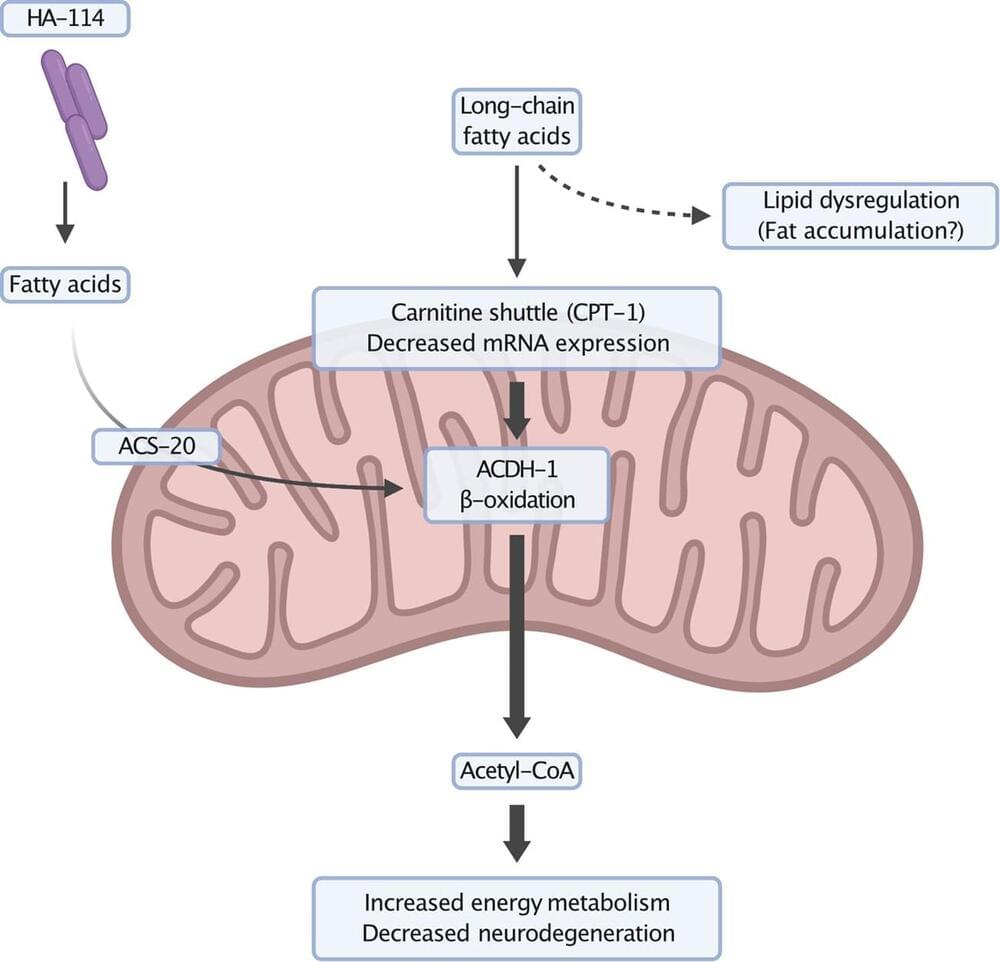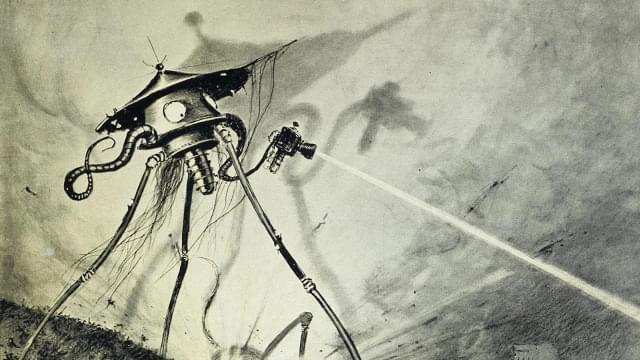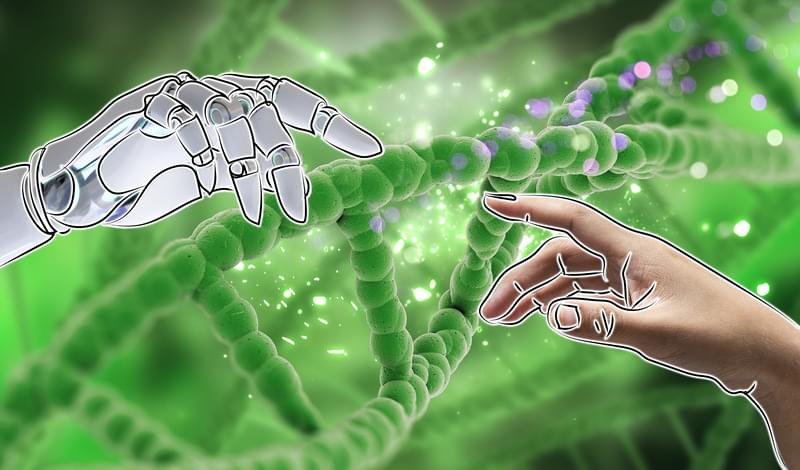Jeff Lichtman is Jeremy R. Knowles Professor of Molecular and Cellular Biology at Harvard. He received an A.B. from Bowdoin (1973), and an M.D. and Ph.D. from Washington University in St. Louis (1980) where he worked for 30 years before moving to Cambridge (2004). He is a member of Harvard’s newly established Center for Brain Science. Jeff’s research interests revolve around the question of how mammalian brain circuits are physically altered by experiences, especially in early life. He has focused on the dramatic re-wiring of neural connections in early postnatal development. More recently his research has focused on developing new electron microscopy methods to map the entire wiring diagram of the developing and adult brain. One of the principal aims of this “connectomics” approach is to uncover the ways information is stored in neural networks.
In the spirit of ideas worth spreading, TEDx is a program of local, self-organized events that bring people together to share a TED-like experience. At a TEDx event, TEDTalks video and live speakers combine to spark deep discussion and connection in a small group. These local, self-organized events are branded TEDx, where x = independently organized TED event. The TED Conference provides general guidance for the TEDx program, but individual TEDx events are self-organized.* (*Subject to certain rules and regulations)
On January 18, 2013, Caltech hosted TEDxCaltech: The Brain, a forward-looking celebration of humankind’s quest to understand the brain, by exploring the past, present and future of neuroscience. Visit TEDxCaltech.com for more details.

